Product marketing is often confused with other business and marketing processes. In this article, we will bust those myths once and for all and get to the bottom of what product marketing really is.
Product marketing is not a product strategy. Product marketing is not sales or digital marketing. Product marketing isn’t even brand management.
No, product marketing is unique.
Product marketing focuses on the customer or potential customers. More than that, product marketing mobilises strategic product positioning to reach a target customer across every part of the customer journey from eCommerce product pages to email marketing.
In fact, product positioning and messaging are regarded as the main responsibility of a product marketer by 92.6% of PMMs.
Product marketing intersects all of these processes to facilitate product promotion through a strategic product marketing plan. We’ll walk you through what a product marketing strategy looks like a little later, but first, let’s cover the basics.
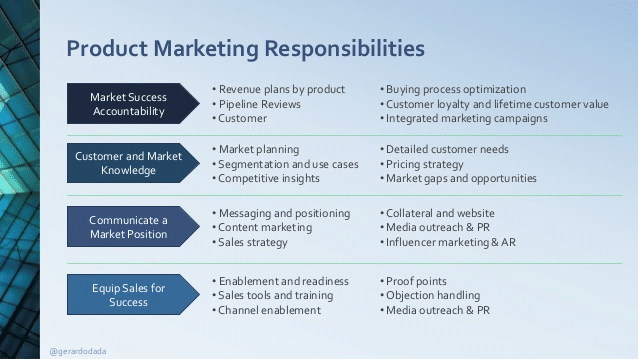
Image by SlideShare
In this article we’re going to discuss:
- What is product marketing, and why is it important?
- Product marketing in practice.
- What is a product marketing strategy?
- How to create a product marketing strategy using the marketing mix.
- Product marketing strategy templates.
- Product marketing for the future.
Let’s get started.
What is Product Marketing and Why is it Important?
Product marketing encompasses all the processes associated with bringing a new product to market. In other words, product marketing facilitates the promotion and selling of a new product to a target market.
A successful product marketing strategy will support the product strategy to keep everyone focused on your businesses’ customer base and market segment.
Product marketing is not the same as brand management. The two are often confused, but brand management is very different and focuses primarily on product development, product features, and requirements.
In contrast, product marketing focuses primarily on customers’ needs. Instead, product marketing and brand management can be thought of as two distinct functionalities that work together to bring a product to market. But their areas of expertise and responsibility are very different.
As businesses strive to establish a strong online presence in the digital age, search engine optimization (SEO) is a crucial component of any product marketing strategy.
Optimizing your website’s content and structure and building high-quality links can help improve your online visibility and attract more qualified leads. Partnering with a reliable SaaS SEO agency, can help businesses achieve their online marketing goals. Don’t overlook the importance of SEO in your marketing efforts – it’s an essential ingredient to your online success.
What do Product Marketers Do?
Product marketers and product marketing managers create promotional content to drive sales. Before a product launch, product marketers focus on positioning, messaging, and customer research to devise a marketing strategy.
After launching the product, marketers turn their attention to sales enablement by optimising demand generation and product uptake. Product marketers are experts in product-customer positioning, with the end goal of helping sales teams generate as many sales as possible.
In summary, the product marketer’s role involves:
- Targeting the right buyer personas for a product.
- Creating and implementing a product marketing strategy or roadmap.
- Providing sales enablement materials to sales reps to give them the know-how to sell more effectively.
- Using storytelling to position products in the market.
- Ensuring products meet the needs of their target audience.
- Keeping products relevant over time.
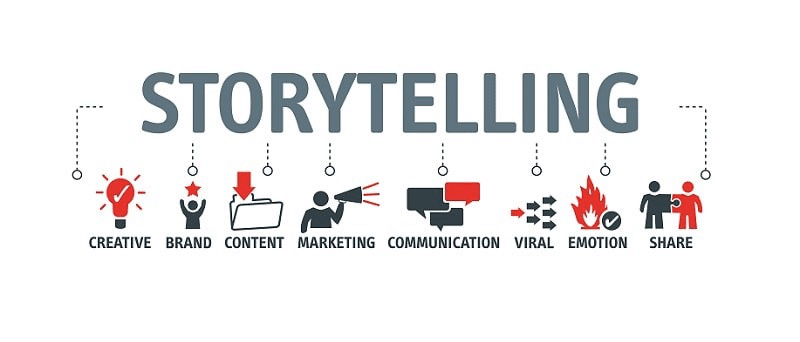
Image by Medium
What is the Value of Product Marketing?
Product marketing is extremely beneficial for any company. It helps you identify the right products and the right customers for your particular brand. This is an essential step towards generating maximum sales. And, as we all know, sales mean profits.
Product marketers position products through strategic messaging. They can do this by having a deep understanding of their core customer and the market. Therefore, product marketers are a handy resource for brands trying to bring new products to market.
Product marketing is an essential pillar of any business marketing strategy. It helps products reach their full potential by offering them maximum reach and visibility. Product marketers are required to look at products critically and strategically to make sure they provide real value.
Let’s take a look at some tangible ways product marketing generates value. Product marketing:
- Targets buyer personas.
- Positions products in the market.
- Helps you understand your customers.
- Teaches you about your competitors.
- Keeps marketing, sales, and product teams in sync.
- Boosts revenue and sales.
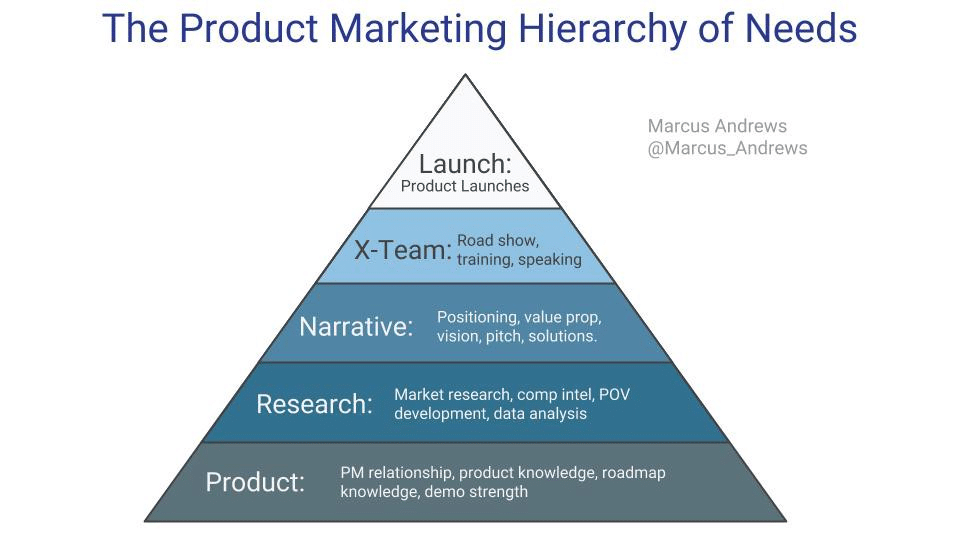
Image by Medium
In summary, product marketing is valuable because it helps companies scale by mobilising consistent brand messaging. As businesses scale up, product marketing continues to provide updated market insights that help inform future updates.
Product marketing facilitates the gathering of complex customer information. It defines brand identities, products, and audience expectations. It identifies and analyses the competition, and it helps optimise pricing for increased sales.
Traditional Marketing Versus Product Marketing
One of the most valuable things about product marketing, as opposed to traditional marketing methods, is that it promotes a collaborative and holistic approach to bringing products to market.
Traditional marketers and demand generation teams focus on promoting a company or brand.
In contrast, product marketing teams prioritise working across teams to streamline product messaging company-wide.
Mobilising video conferencing software is a great way to facilitate in-house communication. Especially when more and more people are working from anywhere.
Product marketers support wider marketing teams with strong leadership, messaging, and sales narratives that can be mobilised by marketing representatives. By focussing on marketing to customers, product marketers build brand narratives as part of a competitive strategy that drives demand generation and differentiates a brand from its competitors.
As such, product marketing is now an integral facet of any marketing organisation.

Product Marketing in Practice
Product marketing is important for any business or organisation that wants to sell a product. Product marketing lies at the heart of customer-product connections. It is a useful company-wide. CEOs need content marketing as salespeople, landing page designers, SEO pros, and engineering teams.
That’s why interdepartmental communications are so critical when it comes to product marketing. Everyone in an organisation needs to understand and propagate a clear brand message to parlay stakeholders and customers.
Three sectors where product marketing is critical, include B2B organisations, startups, and tech companies. For these types of business, product marketing is the best way to make a name for yourself, differentiate your products from competitors, and stand out.
1. B2B organisations
B2B organisations are prime candidates for product marketing strategies. Many B2B organisations are already mobilising effective product marketing agendas. B2B marketers use product marketing to create brand awareness, educate their audience, and build brand trust.
But many don’t realise that product marketing can do more than this. B2B marketers would benefit from using product marketing to build subscribed audiences, ensure customer retention, and generate sales. That’s because a wide range makes B2B purchasing decisions of stakeholders.
To appeal to everyone from CEOs to sales teams, you’ll need to demonstrate your product’s value in a meaningful way. Building a deep relationship with your customer is the most effective method here.
Understand the B2B customer journey. Did you know B2B buyers are, on average, 57% of the way through their purchase decision-making before they talk to a sales rep of any kind?
That means they’ve already done the deeper research. To snap up their custom, your communication and customer experience credentials need to be miles ahead of the competition.
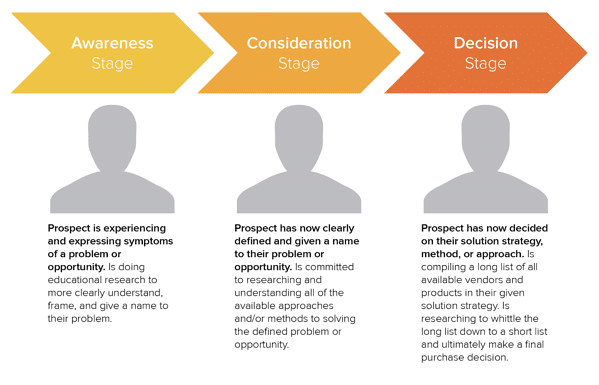
Image by Hubspot
2. Startups
Product marketing is essential for early-stage companies. In the world of startups, the company is the product. In other words, when trying to get your name out there, you’ll need to market your entire company as a product, itself.
Startups must focus on creating and defining these new roles clearly early on. This is the best way to get yourself seen, facilitate scalability, and generate a deeper understanding of your customer base. This is how startups grow and develop into successful businesses.
By mobilising a product marketer or product marketing team early on, startups can:
- Improve their product-market fit.
- Segment their ideal customers.
- Understand the competition.
- Streamline cross-team communications.
- Build a solid product marketing strategy.
- Get demand generation in motion.
3. Technology companies
Technology companies face a lot of competition—the likes of Amazon, Google, and other goliaths exist in the niche. Product marketing is essential for organisations if their tools, software, and services stand out in a saturated market. Launching new products or features without warning is the worst thing tech companies can do.
Customers are more likely to respond to consistent products. Products and updates should follow a pattern and be driven with a convincing storytelling narrative.

Image by Ironpaper.com
What is Product Marketing Strategy?
A good product marketing strategy lays out company vision, data insights, product life cycles, and company goals. For a successful marketing strategy, all of these key elements must inform your business’s product marketing plan.
1. Vision
Your products should align with your company vision. Having a clear vision and company narrative into which your products fit facilitates product development and helps customers invest in your company story, purpose, and ethos. This is the way to build repeat, loyal custom.
Part of your vision should include clear goals and initiatives. Vision defines your product, but goals define that which you want to achieve. This is an integral step towards growth and, ultimately, success. Think about your priorities. What is it that you want your business to improve in the short and long-term?
Some typical (and beneficial) business goals include making your customers feel safer, improving customer communications, and distributing your product in new areas. Whatever your particular goals, make sure they’re SMART- specific, measurable, achievable, relevant, and time-bound.

Photo by UX Indonesia on Unsplash
2. Data insights
Your product marketing strategy should mobilise key industry insights. What are other companies offering, and how can you offer something better? Who are your target customers, and what is their major pain point? How will your product offer value, and what does it solve?
By conducting qualitative and quantitative customer research, you’ll arm your product marketing team with the data insights necessary to answer these questions and inform product development accordingly.
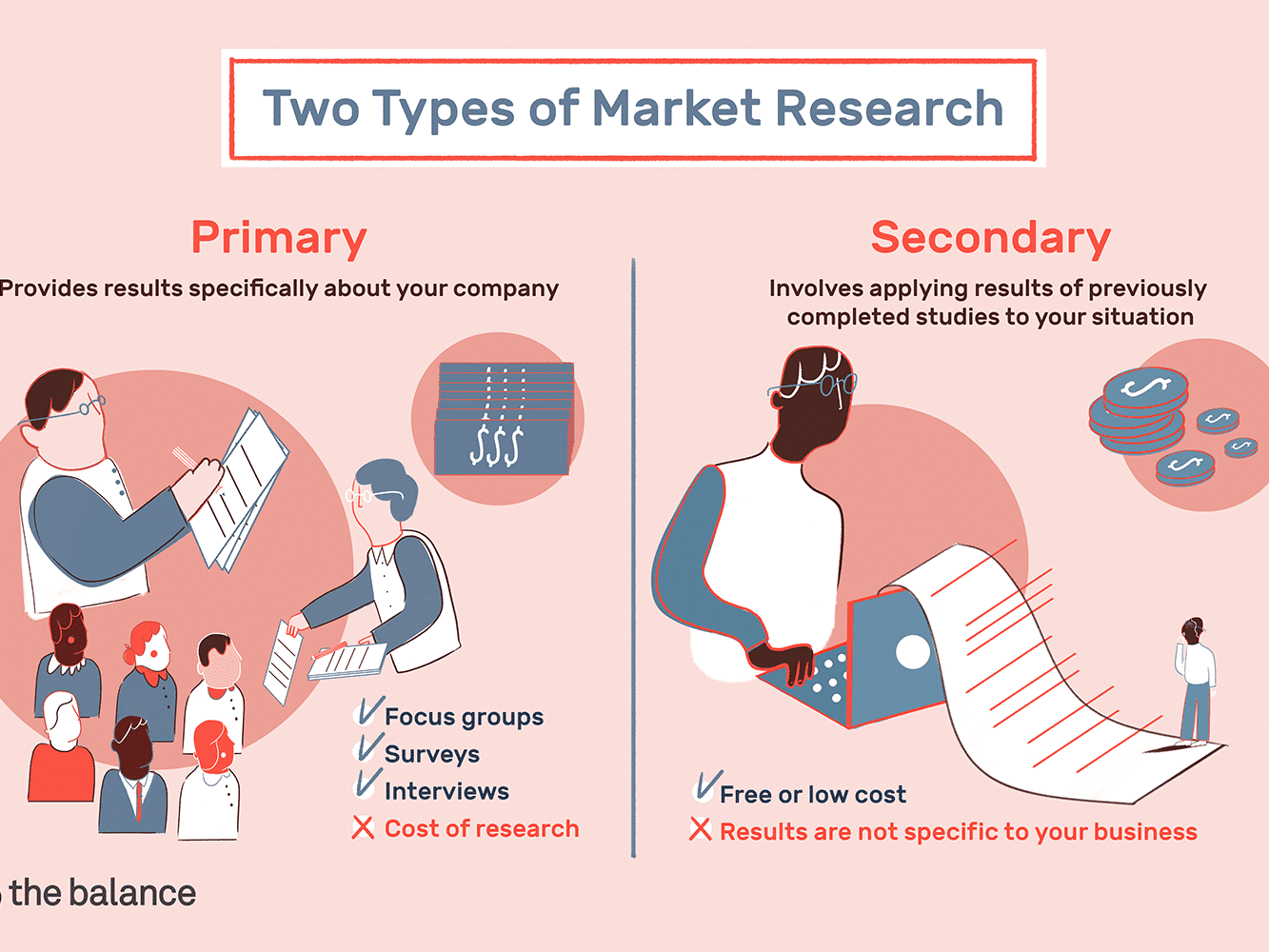
Image by The balance Small Business
3. Product life cycle
A good product marketing plan will consider the duration and shape of your particular product’s life cycle. Products do not last forever and, as such, companies need to anticipate future demand fluctuations – both up and down.
Modelling a predicted product life cycle is the best way to stay ahead of the game. Product marketers can then mobilise customer insights to alter their marketing strategies over time. By expecting the unexpected, you can prepare improvements, updates, and new products in advance.
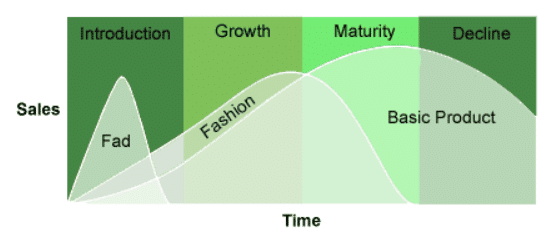
Image by cxl.com
How to Create a Product Marketing Strategy Using the Marketing Mix
The marketing mix refers to a set of actions or strategies used by a company to promote itself in the market. The marketing mix has traditionally been broken down in terms of the four Ps of product marketing. The four Ps (product, price, place, promotion) hone in on key business strategies employed when bringing a new product to market.
In recent years, expert opinion has criticised the four Ps method, replacing it instead with the four Cs (customer, cost, convenience, communication). The four Cs approach shifts the focus of any given product marketing campaign to the target customer.
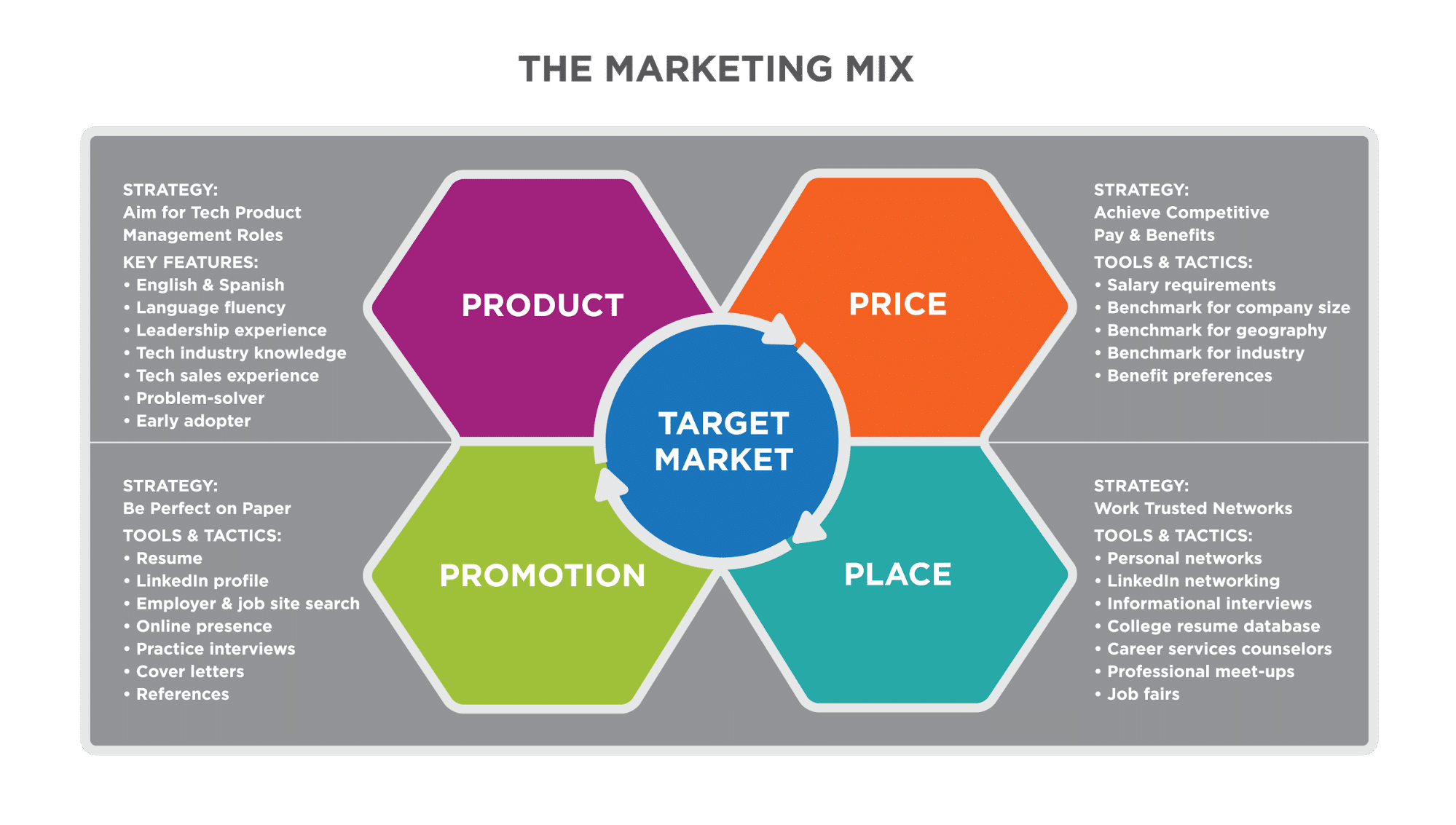
Image by Lumen Learning
The Four Ps
1. Product
Your product marketing should form a clear statement that positions your brand, product, or service, and defines what makes your brand different from others on the market.
2. Price
Market your product at the right price. Your product is only worth what the customer is willing to play. Understand your product’s true value in the marketplace. Consider the cost of production, how customers value your product, market demand, and competition.
3. Place
Focus on location. Everything from the brick-and-mortar store to each single distribution channel needs to be thought through strategically. Get your product where your customers are, whether it be online or customer-facing, and make sure delivery is efficient.
4. Promotion
Promotion is usually the first thing that comes to mind when we think about product marketing. Make sure every aspect of your promotion is centred around product storytelling (messaging). How can language and imagery help you reach the right customers?
Think unified, consistent advertising, sales, social media, content, and events. This will add value to your product in the eyes of the customer. Did you know that the average return on investment (ROI) for email marketing campaigns is an impressive 4,300%?
Live streaming is another increasingly popular option. Live streaming is a cost-effective marketing tool that encourages real-time engagement and reaches broad audiences.

Image by Intel at Developer Zone
The Four Cs
1. Customer solutions
Frame your products as customer solutions. More often than not, new customers seek a solution to a problem when they choose to buy something.
2. Cost
Focus on cost, not price. That means asking yourself “what is the value of my product for my intended customer?” Set a price that your customer is willing to pay.
3. Convenience
Focus on convenience over the place. In other words, make it easy for your intended customer to find you and your products, whether in-person or online.
4. Communication
Do away with promotion and focus instead on real communication. Promotion is one-way dialogue and can come across as too salesy. Set up social media channels, feedback forms, and open communications to talk with your customers and gain insights
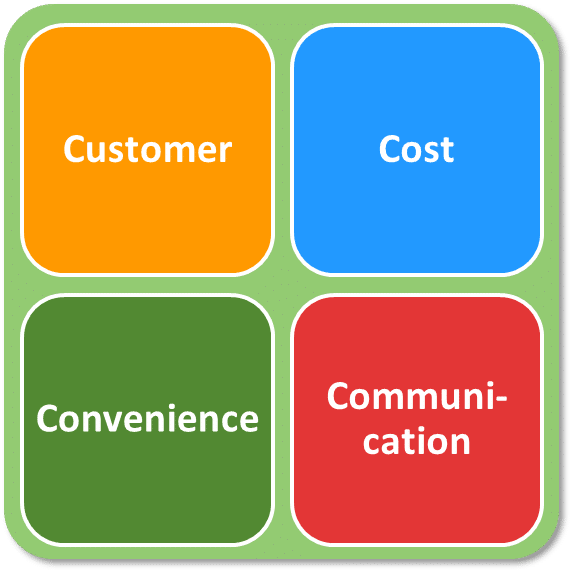
Image by Princeton Creative Marketing
How to Create a Sales Guide
You’ve followed the four Cs and come up with a unique product marketing strategy for your business. For this strategy to take effect, you’ll need to ensure its uptake company-wide. The best way to translate your strategy for use within other departments is with a sales guide that can be used, alongside sales teams, to market your new product with a consistent narrative.
A well thought out sales guide helps sales teams sell your products at optimum capacity. It does so by focussing on the differentiating features of your product or services. In other words, what makes it special and different from other, perhaps similar, competitor products on the market.
Focus on unique product features, distinguishing advantages, and key benefits associated with your particular product. Once you’ve decided how to angle your sales content, develop data-sheets, training materials, and plenty of collateral for your sales team to use.
Product Marketing Strategy Templates
If you’re looking to implement a product marketing strategy, but don’t know where to start, don’t worry. There are lots of options available to make the process as simple and easy as possible.
Try searching for “product marketing strategy templates” in a search engine of your choice. You’ll be met with plenty of results to inspire your own strategy and kick start your planning process. There are many product marketing strategy templates available, such as this downloadable template by Smartsheet.
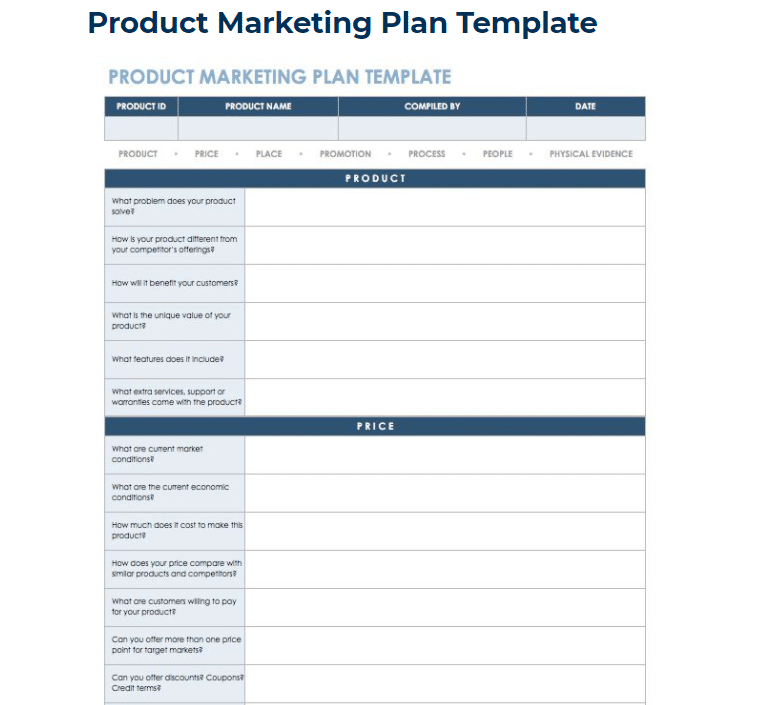
Image by Smartsheet
A product marketing strategy should comprise all the elements we discussed above. That means vision, data-insights, and product life cycles, alongside the four Ps and Cs. But depending on your particular business speciality, the template you choose will vary.
Typically, templates are categorised into functionalities such as these:
- Competition analysis.
- Audience persona.
- User survey.
- Creative brief.
- Product launch.
If you opt for using a product marketing strategy template, make sure you choose one carefully. Make sure that it suits your particular organisational needs, aims, and functions.
Product Marketing for the Future
The future of product marketing lies in strategy. Developing a robust product marketing strategy is essential for both business-to-consumer (B2C) and business-to-business (B2B) organisations. This is the best way to stand out from competitors and make your brand known.
In today’s internet age, product marketing needs to be about more than just isolated advertising. Product marketing requires strategic, continuous, and consistent messaging to be a success. That means a unified brand narrative across multiple platforms, including social media.
Product marketers are now a mainstay of any brand. Product marketing teams are an essential foundation to scale your business, boost sales and generate revenue. For early-years businesses, forming a strong product marketing team should top on the to-do list.
Originally published Feb 03, 2021, updated Feb 25, 2023




